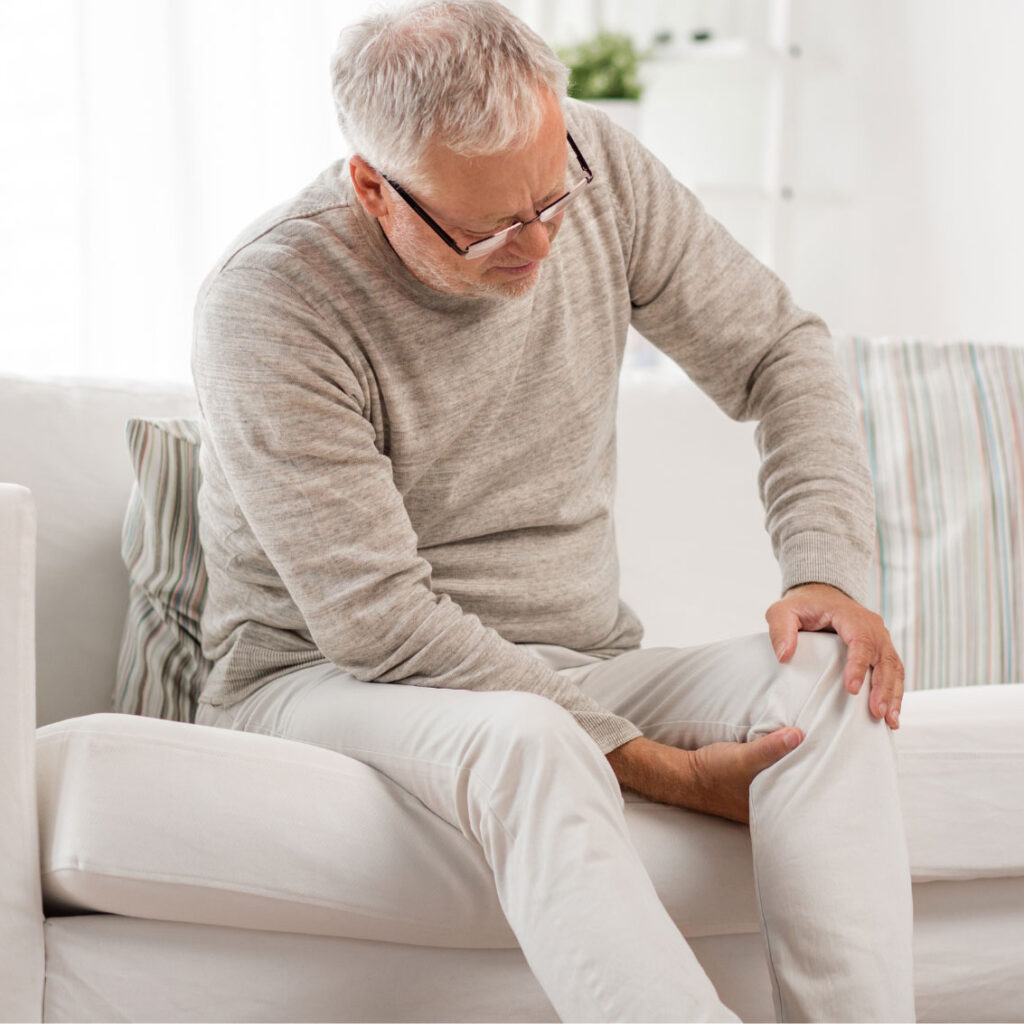
Recovering from knee replacement surgery takes time, patience, and the right approach. With physical therapy, proper care, and healthy habits, you can reduce pain, regain mobility, and return to daily activities with confidence and long-term joint health.
![]()
OrthoRehab
August 30, 2025

Knee replacement recovery isn’t just about healing the surgical site—it’s about restoring function and building a healthier, stronger joint. The process often includes physical therapy, gradual activity progression, and short-term use of assistive devices like walkers or crutches. While some swelling and discomfort are expected, the right care plan can help you steadily move toward a pain-free life.
In the first weeks, maintaining proper alignment is crucial. Avoid placing pillows directly under the knee while lying down, as this can encourage stiffness. Instead, keep your leg extended and toes pointed forward. When sitting, choose a firm chair with armrests and avoid soft, low seating that makes it difficult to rise safely.
Assistive devices like walkers or canes aren’t just helpful—they’re essential for protecting your new joint. For the first month or so, take small, steady steps and wear supportive shoes with non-slip soles to minimize risk of falls or strain.
Braces, compression wraps, ice packs, and resistance bands are all tools that can reduce pain, improve circulation, and aid recovery. Always follow your provider’s instructions for safe use.
Physical therapy is the backbone of knee replacement rehabilitation. A structured program not only improves range of motion but also strengthens muscles, reduces swelling, and helps retrain your body to move naturally again.
Therapists often introduce a mix of exercises, such as:
On average, physical therapy lasts about 12 weeks, though every recovery timeline is unique. What matters most is consistency and guidance from an experienced therapist.
Healing after surgery isn’t just physical—it’s nutritional too. A healthy diet speeds recovery and keeps inflammation at bay. Focus on:
Think of your meals as part of your therapy—fueling both energy and healing.
Swelling and discomfort can slow progress if not addressed. Effective strategies include:
Regular monitoring for infection or unusual symptoms is also key. With proper management, you’ll be able to stay active and engage more fully in therapy sessions.
Movement is medicine after knee surgery. While rest has its place, prolonged inactivity can lead to stiffness and slower healing. Gentle walking, prescribed exercises, and low-impact activities keep circulation flowing and muscles engaged. Each step helps rebuild strength and confidence in your new joint.
Recovery is smoother when you closely follow your surgeon’s and therapist’s instructions. Regular check-ins ensure your progress stays on track and adjustments can be made if challenges arise.
Simple daily activities, like sitting, require some adjustments after surgery. The safest setup includes:
These habits protect your new knee and encourage better healing.
While your therapist will design a program just for you, here are five staples for post-knee replacement recovery:
1. Heel Slides: Gently bend and straighten the knee to improve flexibility
2. Quad Sets: Activate thigh muscles by tightening them with the leg straight
3. Straight Leg Raises: Strengthen muscles that stabilize the knee
4. Seated Knee Extensions: Build range of motion by extending the knee while seated
5. Standing Hamstring Curls: Strengthen the back of the leg to balance knee function
Performed consistently and correctly, these exercises help restore movement, strength, and independence.
At our clinic, your movement, strength, and comfort come first. We’re dedicated to helping you recover with personalized care in a warm, welcoming space designed to support every step of your journey.